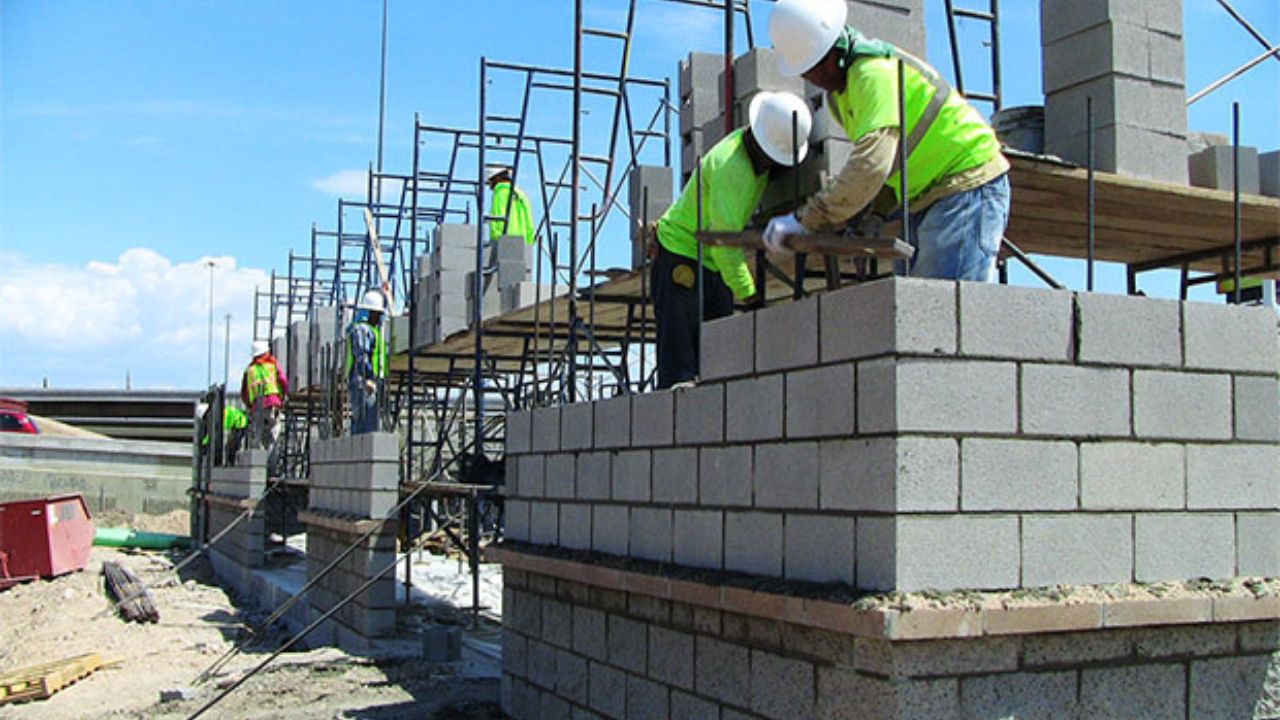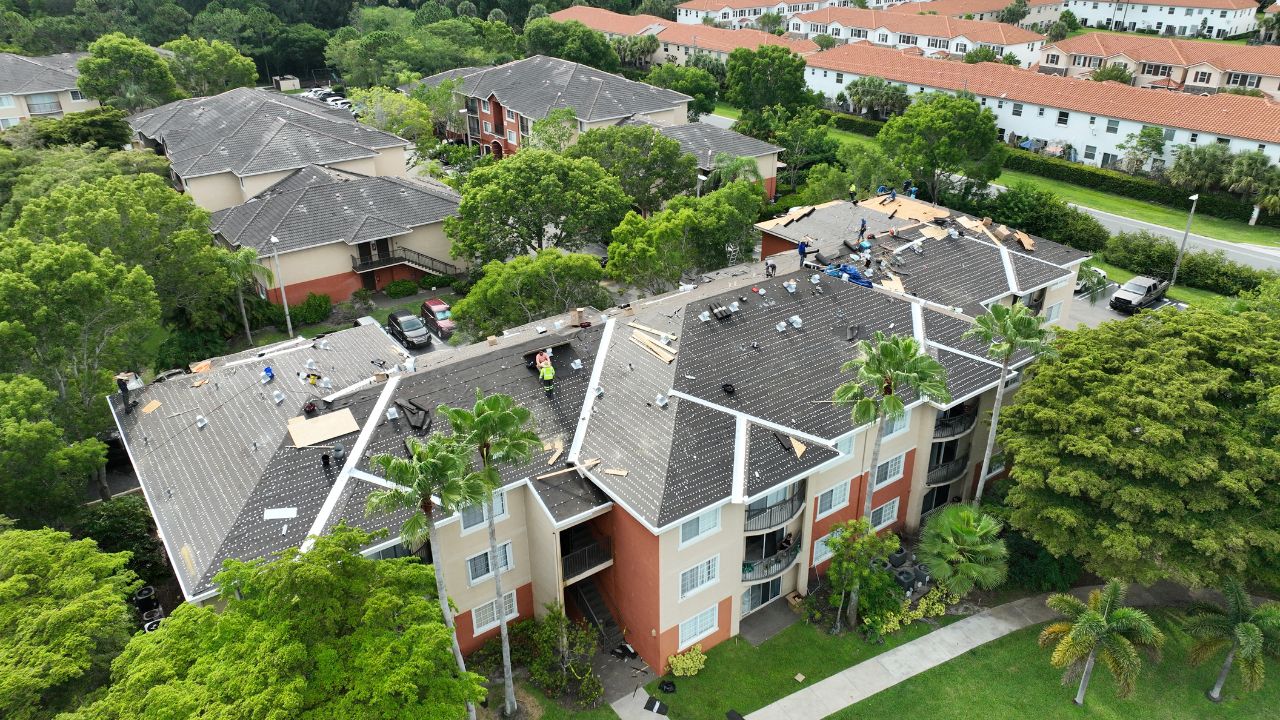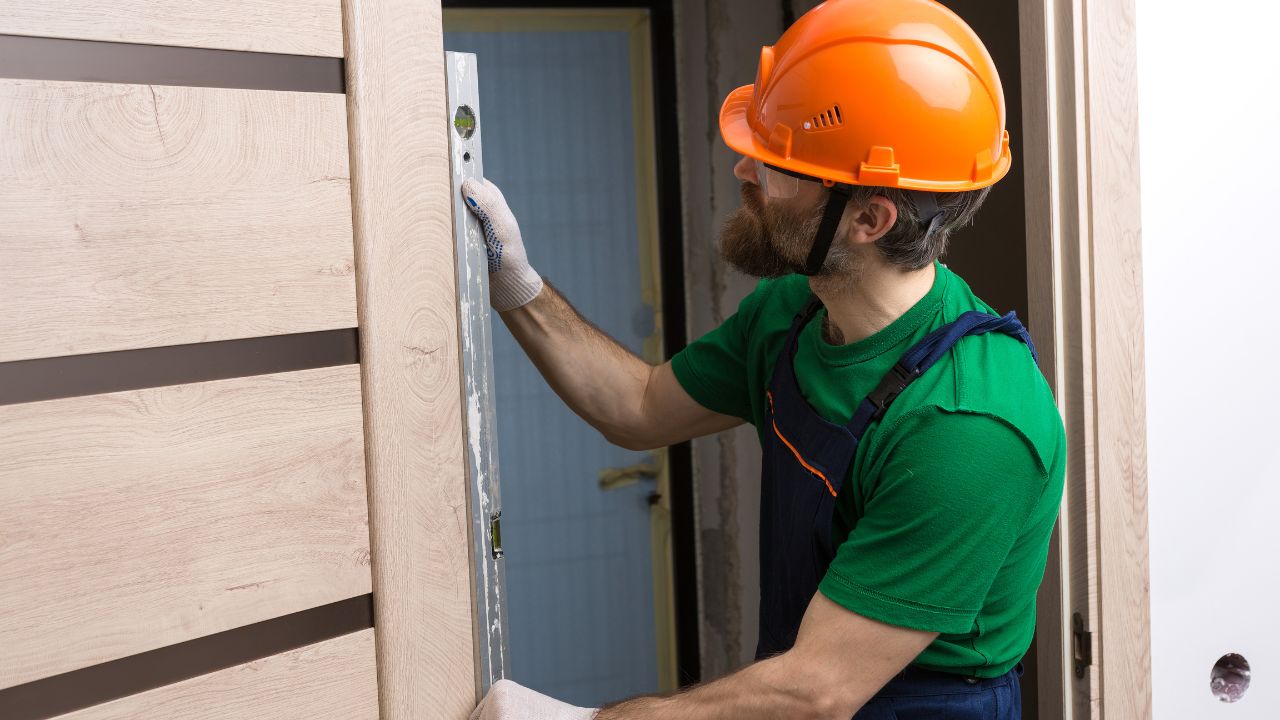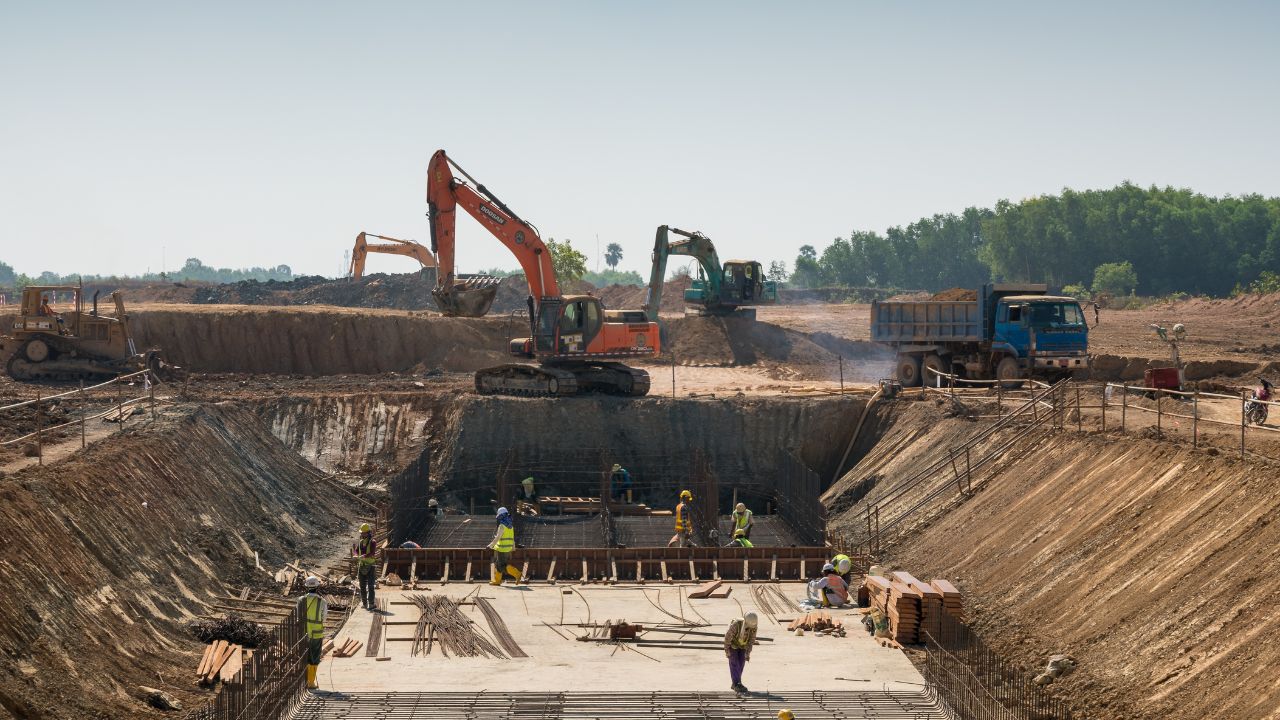- Homepage
- Insulation
How Much Insulation Do I Need for 1,200 Sq Ft?
Leading provider of insulation estimating services
Calculating Insulation Needs for a 1,200 Sq Ft Space
Attic Insulation
The attic is a critical area for insulation to prevent heat loss in winter and heat gain in summer. Here’s how to calculate the amount of insulation needed for the attic:
- Determine the recommended R-value for your climate zone: This can range from R-38 to R-60 depending on your location.
- Measure the attic’s square footage: Assuming the entire 1,200 sq ft space needs insulation.

3. Choose the type of insulation and its R-value per inch: For example, fiberglass batts with an R-value of 3.5 per inch.
For example, if using fiberglass batts with an R-value of 3.5 per inch and aiming for an R-38 value:
- Required thickness: 38 ÷ 3.5 ≈ 11 inches
- Amount of insulation: 1,200 sq ft × 11 inches = 13,200 board feet
Ensuring proper attic insulation helps maintain indoor temperatures by creating a barrier against external temperature changes. This significantly reduces the load on heating and cooling systems, enhancing overall energy efficiency and comfort in the home. Proper attic insulation also helps prevent ice dams in cold climates by maintaining a consistent roof temperature.
Wall Insulation
Wall insulation helps maintain indoor temperatures and reduces energy costs. Here’s how to calculate the amount needed:
- Measure the wall area to be insulated: This typically includes exterior walls.
- Determine the recommended R-value for walls: This can range from R-13 to R-21 depending on your climate zone.
- Choose the type of insulation and its R-value per inch: For example, blown-in cellulose with an R-value of 3.7 per inch.
For example, if using blown-in cellulose with an R-value of 3.7 per inch and aiming for an R-15 value:
- Required thickness: 15 ÷ 3.7 ≈ 4 inches
- Wall area: Assume 8-foot ceilings and subtracting window/door areas from total square footage.
If insulating 800 sq ft of wall area:
- Amount of insulation: 800 sq ft × 4 inches = 3,200 board feet
Proper wall insulation minimizes heat transfer between the interior and exterior, maintaining a stable indoor environment. It also reduces noise transmission, contributing to a quieter and more comfortable living space. Effective wall insulation can prevent drafts and cold spots, improving overall comfort and reducing reliance on heating and cooling systems.
Floor Insulation
Floor insulation is essential for homes with unheated basements or crawl spaces. Here’s how to calculate the amount needed:
- Measure the floor area to be insulated: This is typically the same as the house’s square footage.
- Determine the recommended R-value for floors: This can range from R-25 to R-30 depending on your climate zone.
- Choose the type of insulation and its R-value per inch: For example, rigid foam boards with an R-value of 5 per inch.
For example, if using rigid foam boards with an R-value of 5 per inch and aiming for an R-25 value:
- Required thickness: 25 ÷ 5 = 5 inches
- Amount of insulation: 1,200 sq ft × 5 inches = 6,000 board feet
Proper floor insulation helps prevent heat loss through the floors, maintaining a consistent indoor temperature and improving overall energy efficiency. It is particularly important in homes with unheated spaces below, as it prevents cold air from seeping into living areas. Insulating floors also helps reduce noise from lower levels, creating a quieter and more comfortable home environment.
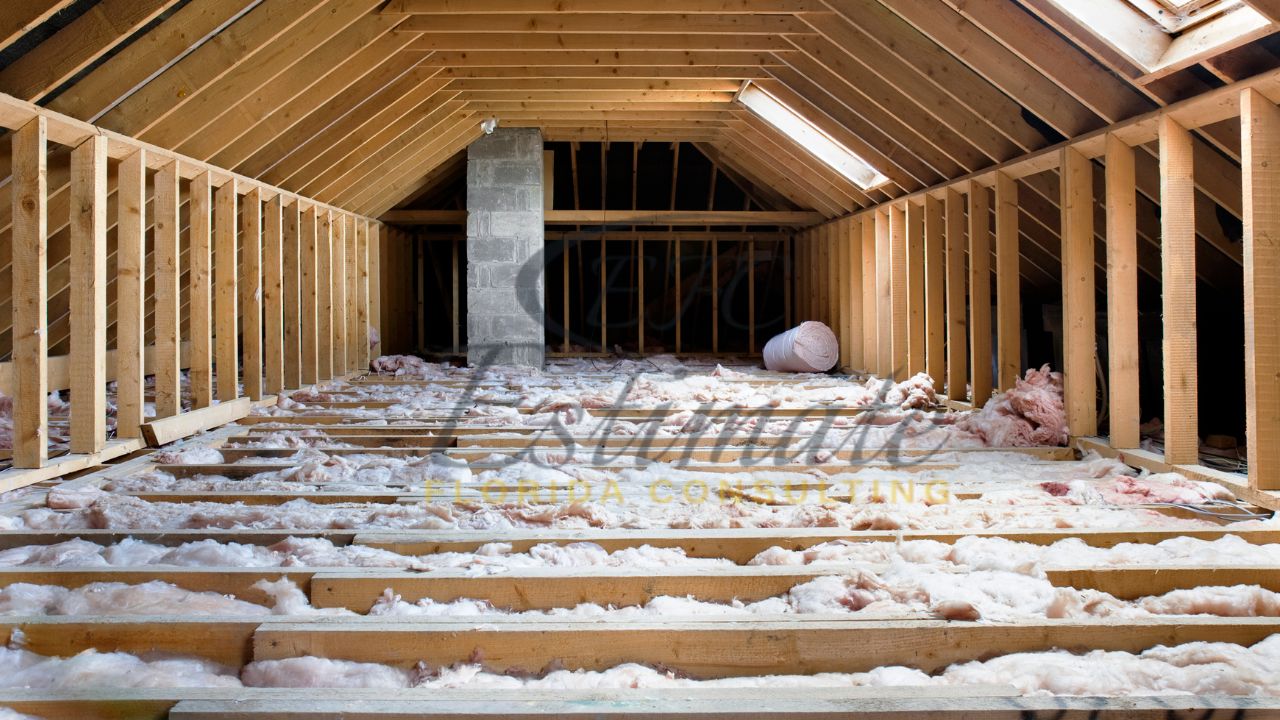
Total Insulation Required
Combining the calculations for the attic, walls, and floors provides the total amount of insulation needed for a 1,200 sq ft space. Summing up the board feet for each area gives a comprehensive estimate:
Area | Amount of Insulation (board feet) |
Attic | 13,200 |
Walls | 3,200 |
Floors | 6,000 |
This total estimate helps homeowners understand the overall insulation requirements, enabling them to purchase the correct amount of materials and budget for the installation process effectively. Ensuring adequate insulation in all key areas of the home maximizes energy efficiency, comfort, and long-term cost savings.
Types of Insulation and Their Coverage
Fiberglass Batts
Fiberglass batts are common and easy to install. They come in various sizes to fit standard stud and joist spacing. They are often chosen for their affordability and effectiveness in insulating walls, attics, and floors.
- Coverage: Typically 40-60 sq ft per roll for 3.5 inches thick
Fiberglass batts provide good thermal resistance and are relatively easy to handle and install, making them a popular choice for DIY projects. They are also resistant to moisture and do not support mold growth, contributing to a healthier indoor environment.
Want to Start Your Project with the Best Contractors?
Let’s Take Your Projects to the Next Level.
& What's you will get:
- Connecting You to Top Local Contractors
- Professional Consulting, Contractors Near You
- From Expert Advice to Local Contractor Connections
Contact Now
Let's discuss with a cup of coffe
Blown-In Cellulose
Blown-in cellulose is made from recycled paper treated for fire resistance. It can be blown into wall cavities, attics, and floors, providing excellent coverage and filling gaps and voids effectively.
- Coverage: Varies, typically 1,000 sq ft at R-19 for a 25-pound bag
Blown-in cellulose offers a higher R-value per inch compared to fiberglass batts, providing superior insulation performance. Its ability to fill irregular spaces makes it ideal for retrofitting older homes or adding insulation to existing structures without major renovation.
Spray Foam
Spray foam insulation provides an airtight seal and high R-value per inch. It’s ideal for hard-to-reach areas and irregular shapes, expanding to fill gaps and providing a continuous barrier against air and moisture infiltration.
- Coverage: Varies, typically 1 board foot per 1-inch thick application
Spray foam offers the highest R-value per inch of any insulation type, making it extremely effective for insulating areas with limited space. It also adds structural strength to buildings and can help reduce noise transmission, creating a more comfortable and quiet living environment. For a 1,200 sq ft space, estimate spray foam insulation costs to determine the best fit.
Rigid Foam Boards
Rigid foam boards offer high R-values and are used for walls, roofs, and foundations. They are highly effective at preventing thermal bridging and providing continuous insulation layers.
- Coverage: 4×8 foot panels with varying thicknesses
Rigid foam boards are resistant to moisture and provide excellent insulation in areas prone to dampness, such as basements and foundations. They are also easy to cut and fit, making them versatile for a range of applications, including exterior insulation and insulating around structural elements.
Factors Influencing Insulation Needs
Type of Insulation
The type of insulation you choose significantly impacts the amount needed. Common types of insulation include fiberglass batts, blown-in cellulose, spray foam, and rigid foam boards. Each type has different coverage capacities and R-values, affecting the total amount required for proper insulation. Fiberglass batts are often used for their ease of installation and affordability, while spray foam provides a superior air seal and higher R-value per inch. Rigid foam boards are excellent for areas that require high moisture resistance and structural support, and blown-in cellulose is ideal for adding insulation to existing structures without major renovation. Choosing the right type of insulation depends on the specific needs of the space, budget considerations, and desired thermal performance.
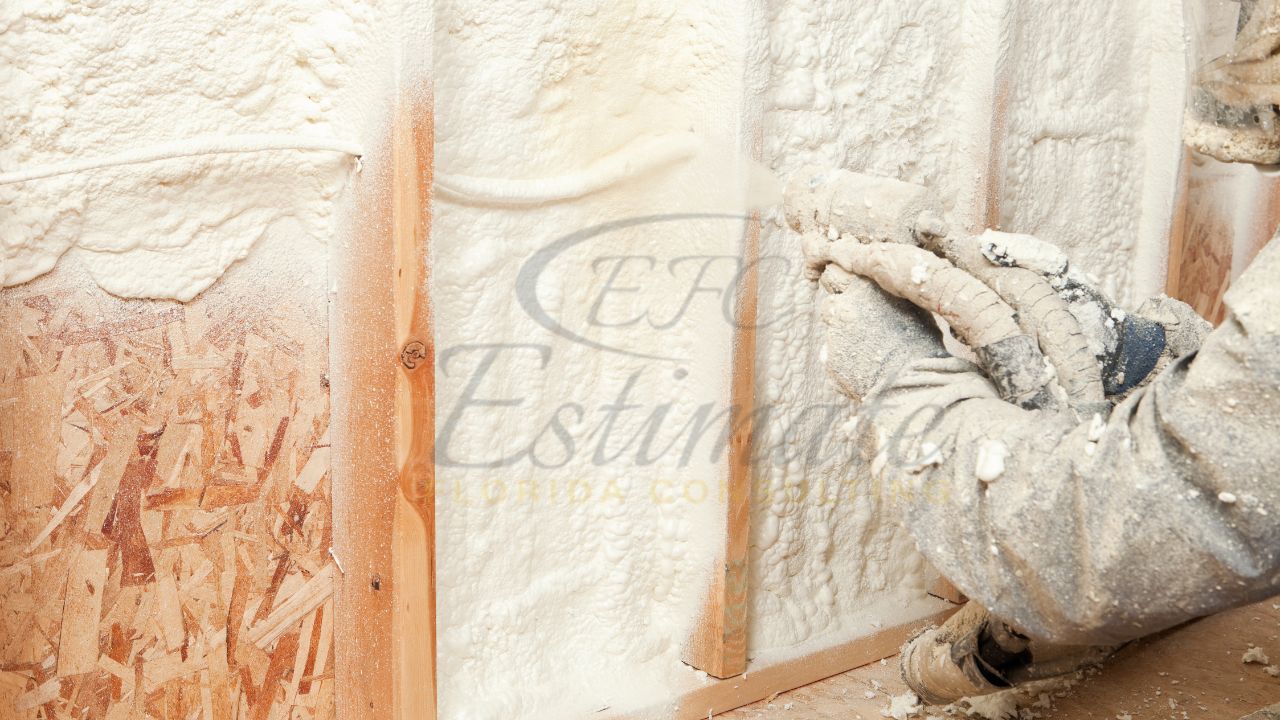
R-Value
The R-value measures an insulation material’s resistance to heat flow, with higher R-values indicating better insulating properties. The recommended R-value varies depending on the climate zone and the area of the house being insulated (e.g., attic, walls, floors). Understanding the required R-value for your specific application is crucial for determining the amount of insulation needed. For instance, colder climates typically require higher R-values to effectively prevent heat loss, while milder climates can achieve sufficient insulation with lower R-values. Selecting insulation with an appropriate R-value ensures that the home remains energy-efficient and comfortable throughout the year, regardless of external temperature fluctuations.
Area to Be Insulated
The specific areas to be insulated, such as the attic, walls, and floors, will affect the total amount of insulation required. Each area has different insulation needs based on its role in the home’s thermal envelope. Calculating the square footage of each area accurately is essential for estimating insulation requirements. For example, attics often require thicker insulation due to their exposure to external temperatures, while walls may need moderate insulation to prevent heat transfer between rooms. Floors, especially those above unheated spaces like basements or crawl spaces, also benefit from insulation to maintain consistent indoor temperatures. Ensuring that each area is properly insulated according to its specific requirements helps optimize overall thermal performance and energy efficiency.
Climate Zone
The climate zone where the house is located influences the recommended R-value and the amount of insulation needed. Homes in colder climates require higher R-values to maintain energy efficiency and comfort compared to homes in milder climates. Consulting local building codes and energy efficiency guidelines can provide specific R-value recommendations for your area. For instance, a home in a northern climate with harsh winters may require R-values of R-49 to R-60 in the attic, while a home in a southern climate with mild winters may only need R-30 to R-38. Adhering to these guidelines helps ensure that the insulation provides adequate thermal resistance, reducing the need for excessive heating or cooling and thereby lowering energy costs.
Get High-Quality 3D Rendering Today!
Transform your space with stunning 3D rendering that blends style, comfort, and functionality.
We Specialize in Both Residential and Commercial 3D Rendering Projects.
- Luxury Villas
- Apartment Complexes
- Modular Kitchens
- Bathrooms
- Office Buildings
- Shopping Malls
- Hospitals
- Hotels & Resorts
Benefits of Proper Insulation
Energy Efficiency
Proper insulation reduces the amount of energy required to heat and cool your home, leading to lower utility bills. Efficient insulation keeps your home warm in winter and cool in summer, reducing the load on HVAC systems. By maintaining a consistent indoor temperature, insulation minimizes the need for constant heating and cooling, thereby lowering energy consumption and costs. This increased energy efficiency also contributes to environmental sustainability by reducing the home’s carbon footprint.
Comfort
Insulation helps maintain consistent indoor temperatures, reducing drafts and cold spots. A well-insulated home is more comfortable, with fewer temperature fluctuations between rooms. By creating a thermal barrier, insulation ensures that living spaces remain cozy and comfortable regardless of external weather conditions. This enhanced comfort can significantly improve the overall quality of life, making the home a more pleasant place to live.
Soundproofing
Insulation also provides soundproofing benefits, reducing noise transmission between rooms and from outside. This added sound barrier can make your home quieter and more peaceful. Insulating walls and floors effectively dampens sound vibrations, preventing noise from traveling through the structure. This is particularly beneficial in multi-story homes and densely populated areas, where external noise can be a significant disturbance.
Environmental Impact
Using energy-efficient insulation materials can reduce your carbon footprint by lowering energy consumption. Environmentally friendly insulation options, such as cellulose, also contribute to sustainability efforts by using recycled materials. By enhancing the home’s energy efficiency, insulation helps reduce the demand for fossil fuels and decreases greenhouse gas emissions. Opting for eco-friendly insulation materials further supports environmental conservation and promotes a more sustainable lifestyle.
90% More Chances to Win Insulation Bids with
Our Estimate!
Conclusion
Calculating the amount of insulation needed for a 1,200 sq ft space involves understanding the type of insulation, the required R-value, and the specific areas to be insulated. By accurately measuring and planning, homeowners can ensure they have enough insulation to achieve optimal energy efficiency and comfort. Proper insulation is a worthwhile investment that provides long-term benefits, including lower energy bills, enhanced comfort, and reduced environmental impact. By choosing the right type and amount of insulation, homeowners can create a more energy-efficient, comfortable, and sustainable living environment. Investing in high-quality insulation materials and professional installation services ensures that the home remains well-insulated, providing lasting benefits for years to come.
FAQs
The total amount of insulation required for a 1,200 sq ft house depends on the areas to be insulated (attic, walls, floors) and the recommended R-values for your climate zone. For example, you may need approximately 22,400 board feet of insulation to cover the attic, walls, and floors.
- Step 1: Determine the recommended R-value for your climate zone (R-38 to R-60).
- Step 2: Measure the attic’s square footage (1,200 sq ft).
- Step 3: Choose the type of insulation and its R-value per inch (e.g., fiberglass batts with an R-value of 3.5 per inch).
- Example Calculation: For an R-38 value using fiberglass batts: 38 ÷ 3.5 ≈ 11 inches thick. Amount needed: 1,200 sq ft × 11 inches = 13,200 board feet.
- Step 1: Measure the wall area to be insulated (subtracting window/door areas from total square footage).
- Step 2: Determine the recommended R-value for walls (R-13 to R-21).
- Step 3: Choose the type of insulation and its R-value per inch (e.g., blown-in cellulose with an R-value of 3.7 per inch).
- Example Calculation: For an R-15 value using blown-in cellulose: 15 ÷ 3.7 ≈ 4 inches thick. If insulating 800 sq ft of wall area: 800 sq ft × 4 inches = 3,200 board feet.
- Step 1: Measure the floor area to be insulated (1,200 sq ft).
- Step 2: Determine the recommended R-value for floors (R-25 to R-30).
- Step 3: Choose the type of insulation and its R-value per inch (e.g., rigid foam boards with an R-value of 5 per inch).
- Example Calculation: For an R-25 value using rigid foam boards: 25 ÷ 5 = 5 inches thick. Amount needed: 1,200 sq ft × 5 inches = 6,000 board feet.
- Energy Efficiency: Reduces energy required for heating and cooling, lowering utility bills.
- Comfort: Maintains consistent indoor temperatures, reducing drafts and cold spots.
- Soundproofing: Reduces noise transmission between rooms and from outside.
- Environmental Impact: Lowers energy consumption and reduces carbon footprint.
- Fiberglass Batts: Typically 40-60 sq ft per roll for 3.5 inches thick.
- Blown-In Cellulose: Covers approximately 1,000 sq ft at R-19 for a 25-pound bag.
- Spray Foam: Typically 1 board foot per 1-inch thick application.
- Rigid Foam Boards: 4×8 foot panels with varying thicknesses.
Different insulation types have varying R-values per inch and coverage capacities. For example, spray foam offers a higher R-value per inch than fiberglass batts, meaning less material is needed to achieve the same R-value.
Comprehensive Trade-Specific Estimates
At Estimate Florida Consulting, we offer detailed cost estimates across all major trades, ensuring no part of your project is overlooked. From the foundation to the finishing touches, our trade-specific estimates provide you with a complete and accurate breakdown of costs for any type of construction project.
Our Simple Process to Get Your Estimate
Upload Plans
Submit your project plans, blueprints, or relevant documents through our online form or via email.
Receive Quotation
We’ll review your project details and send you a quote based on your scope and requirements.
Confirmation
Confirm the details and finalize any adjustments to ensure the estimate meets your project needs.
Get Estimate
Receive your detailed, trade-specific estimate within 1-2 business days, ready for your project execution.



Our Clients & Partners
We pride ourselves on building strong, lasting relationships with our clients and partners across the construction industry.
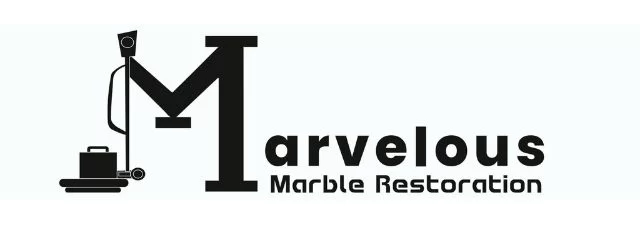

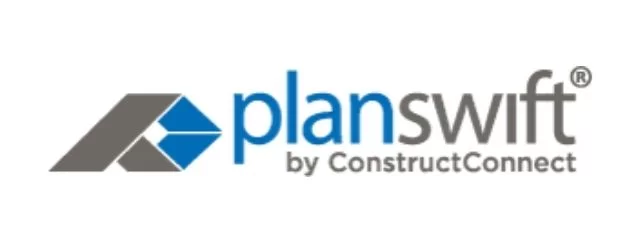
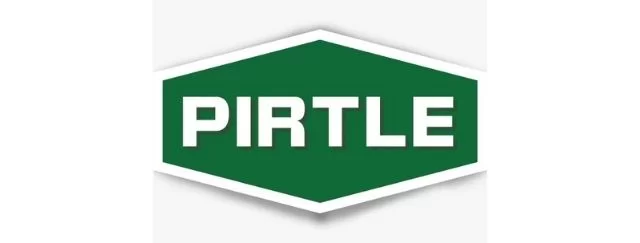

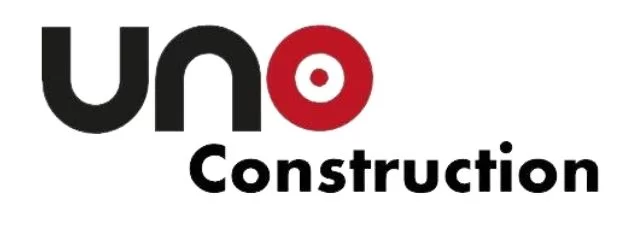
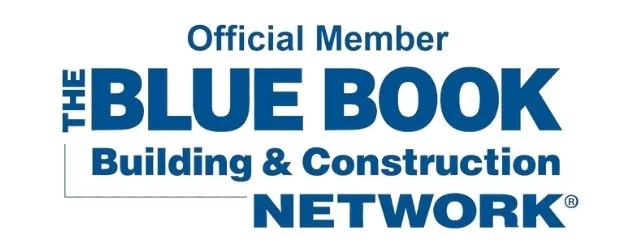

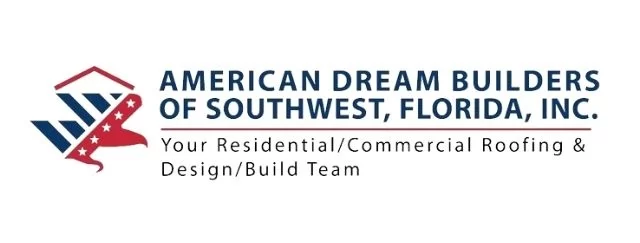


What Our Clients Say?
We take pride in delivering accurate, timely, and reliable estimates that help contractors and builders win more projects. Our clients consistently praise our attention to detail, fast turnaround times, and the positive impact our estimates have on their businesses.
Estimate Florida Consulting has helped us win more bids with their fast and accurate estimates. We trust them for every project!





